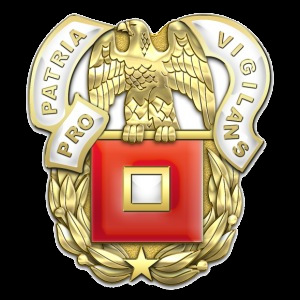
I have never seen or heard of this sort of thing, besides the Skillcraft government clocks that you find in almost every government installation, a clock purpose built for army use. The Chelsea clock company is still in business but this particular example was made in the 40s sometime before brass was limited as a strategic material and Chelsea converted to a Bakelite type of case. Chelsea made a large number of clocks for Navy use and some for army message centers where logging times of message traffic is important.
Before futzing around with this clock, as I did find these are fairly rare, I decided to take it to a professional and found that KC Clock in Overland Park, KS ( Kansas City Watches and Watch Repair – KC Watch | Overland Park, Kansas ) has someone familiar with the Chelseas. He stated it was in good shape internally and to leave it be as it is. I would have polished the brass, but apparently there is a coating on this that would be damaged if I had done that. I also would have been tempted to repaint the illuminated spots on the face, but KC Clock discouraged that as well to preserve its original state and I will take their advice. If I do need it worked on, I will definitely take it to KC Watch as they were very helpful and willing to share their knowledge on this clock.
This clock is completely mechanical, powered by an internal spring wound with a key seen to the right using the shaft on the numeral 6. Time is set with a dial on the left side. I wound it a few turns and was very surprised to find it lasted at least a week and held time the entire cycle. Ill have to wind it fully and see what its endurance is, but I suspect quite awhile.
I will have to build the wooden carrying case that it would have been issued with, but it will be a neat addition to my overall communications shelter setup.


